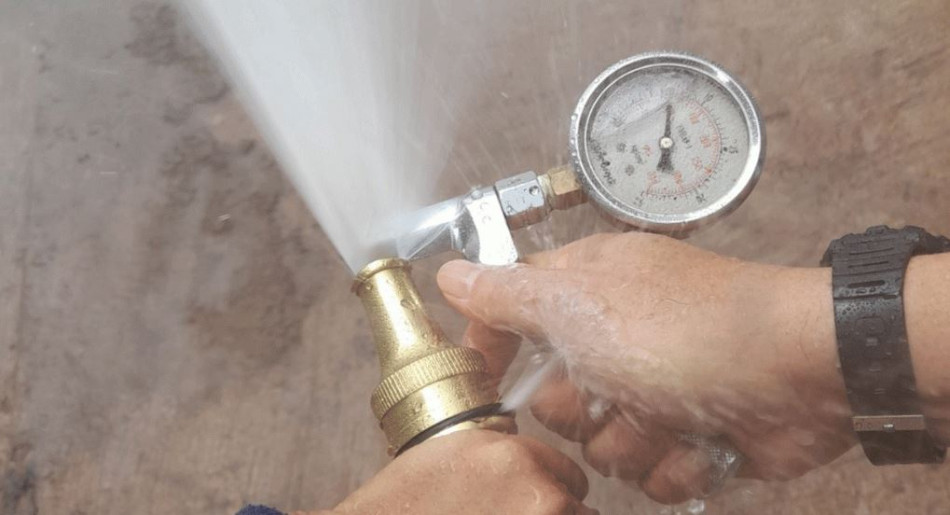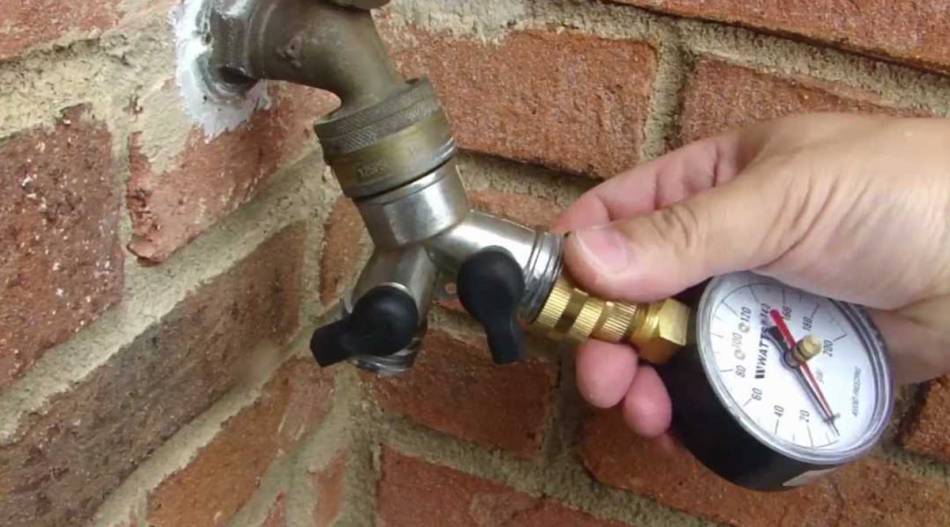How To Increase Water Pressure Without A Pump?

The easiest way how you can increase the water pressure on your pipes is by using a pump. However, this is not a cheap solution, and you will need professional help to set it up. But what if you don’t have a big budget and still want to increase the water pressure? Don’t worry, there are ways that this can also be done. In this article, we’ll talk about several methods that can be used to increase water pressure in your home pipes. So, let’s start!
How To Increase Water Pressure Without A Pump? Increasing water pressure in your home pipes without a pump can be done by checking them and seeing if they are clogged. Clogged pipes are usually the reason why there is low water pressure. A drain snake is the best way to remove any debris from pipes and increase water pressure in home pipes.
Although it is much easier and simpler to increase water pressure by adding a pump, there are other ways how you can increase the water pressure. Pumps can be quite expensive, and they need to be maintained.
As we have already listed one of the ways how to increase water pressure, in the rest of this article, we will cover all the methods that can be used.
6 Ways To Increase Water Pressure Without A Pump

In this chapter, we’ll explain six ways how you can increase water pressure in your home plumbing system without a pump. Here are the ways:
- Use drain cleaner
- Fix bad pipes
- Flush your water heater
- Wash faucet heads
- Use a drain snake
- Inspect Your Pressure Regulator
- Call a professional plumber
1. Use Drain Cleaner
Clogged pipes are the most common problem why there is the low water pressure in your home pipes. Take a close look at your pipes and check if they are clogged. If you find that this is a problem, use a cleaning agent such as a drain cleaner.
They will do the job. If the problem is a bit more complicated and you notice that you have a problem with hair clogs, then you will have to look for a special cleaner that is just for that.
For those who live in old homes and have older pipes and plumbing systems, drain cleaners may not be of much help. Therefore, when buying a product, read the instructions and see if they can be used with these types of pipes. It is also recommended that you look at online stores such as Amazon to see what kind of cleaners they have.
Related article: How To Protect PEX Pipe From UV Light? (Explained)
2. Fix Bad Pipes
Old pipes can also be a reason why you have weak water pressure in your home. Therefore, the solution to this problem may lie in old pipes that need to be replaced. If it is possible, inspect your pipes and see if there is a leak somewhere. If you find one, this is what causes the weaker water pressure.
Corroded pipes can cause an additional problem and are more than enough reason why you should replace the existing pipes. If you don’t know how to do it, call a plumber and let him do the job. Be sure to turn off the water before doing this, so you don’t flood your house. PVC pipes are recommended because they last longer and are more reliable.
3. Flush Your Water Heater
Although a water heater is not a common reason why you may have low water pressure, it should definitely be considered. Just by flushing the water from a water heater, you can solve your issue. However, before doing this, you should follow the right steps. First, you need to turn off your water heater and the water that is coming from it.
Wait a few hours for the water in it to cool down. It would be best if you also expelled all the vacuum from the water pipes. That way, you will avoid potential damages. Make sure to drain the water from your heater. Remember that each water heater is different, so check which model you have and follow the owner’s manual.
4. Wash Faucet Heads
If you discovered that water pressure is present only on a specific household faucet, it is most likely a buildup that has accumulated over time. In this case, you’ll need to wash your faucet heads.
To do this, you must disassemble the sink and use vinegar to soak the heads in it. That way, you’ll remove all stains from the surface. You can also try to use a drain cleaner if the first method doesn’t work.
Related article: Are Eljen Septic Systems Any Good? (Explained)
5. Use A Drain Snake
If you think the problem of low water pressure lies somewhere inside the pipe, then a drain snake is an excellent tool to solve that problem. Just remove the drain screen and use a drain snake. This is done by pushing the cable of the snake inside the drain. Be sure to do this slowly and gently.
Keep in mind that in some parts, you will easily pass through the pipes with the drain snake, while in some parts, it will be a little more difficult to push it. If you come across a part where it is more difficult to push the drain snake through, then it is a part where there is a clog that causes low water pressure.
6. Inspect Your Pressure Regulator
Each house is connected to the city’s water supply. At the entrance, you’ll find a supply line with a pressure regulator that has a function to prevent water to not flowing too fast. Therefore, when you use your kitchen faucet, toilet, or other watter supply, water will flow normally because of a pressure regulator.
However, when installing a pressure regulator, water pressure can be adjusted by plumbers, so the water can flow too slowly. Therefore, check if this is set on your regulator. Just turn the pipe wrench clockwise, and that’s it. This should be your last step.
7. Call A Plumber
If you have tried all the steps in this article and nothing has helped, then you should contact a professional for help. You can do this by calling a professional plumber, and he will figure out where the problem is. Although this may ultimately cost you, this is the safest and best way to increase your water pressure in the house.
If you have a problem with your water softener, be sure to read our article Water Softener Taste Salty? Plumber Explain.
Final Thoughts
Having a low water pressure can be frustrating, especially when washing dishes or taking a shower. However, that problem has a solution, but the hardest part is locating the problem. As we explained in this article, there are six ways you can try to increase the water pressure in your household.
Buying a pump is also one of the solutions, but it’s not cheap. You will also have to pay a plumber to install it if you decide on that option. I hope this article helped you, and if you have any additional questions, feel free to ask.
